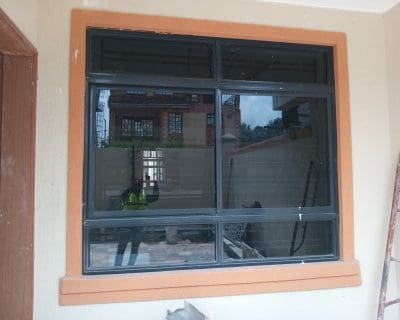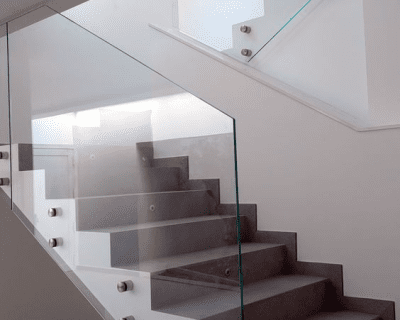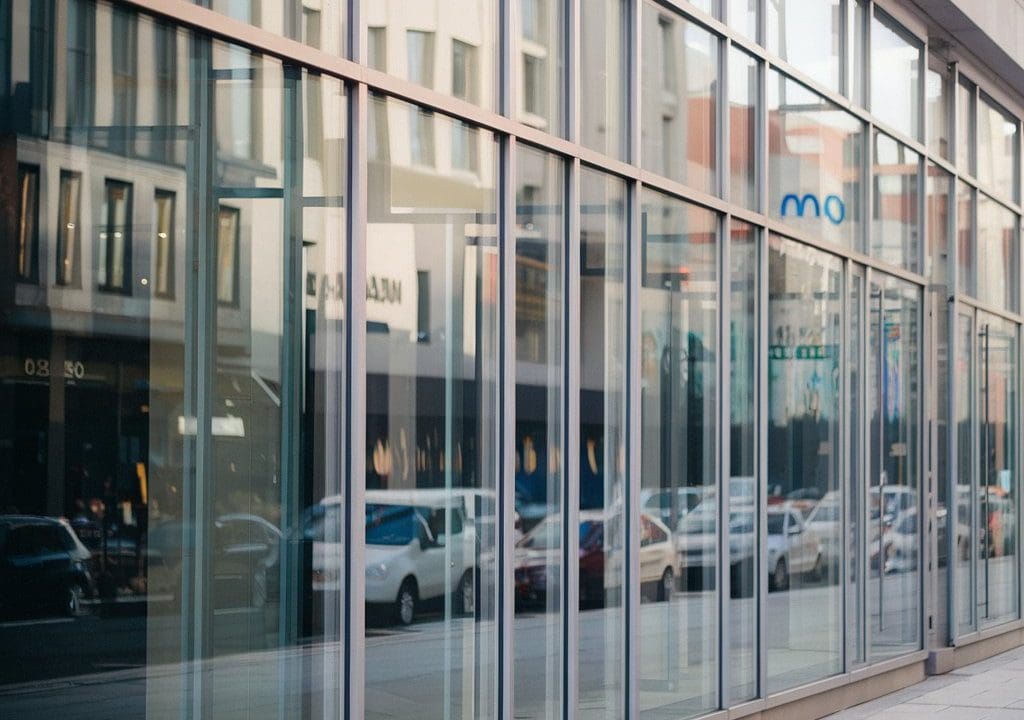
Eco-Friendly Construction in Kenya: Why Aluminium Outperforms Wood, Steel, and uPVC
Kenya’s construction industry is rapidly evolving, with homeowners, architects, and developers seeking materials that are both durable and environmentally responsible. Among the many choices available — wood, steel, uPVC, and aluminium — one material consistently stands out as the greener, smarter option: aluminium.
At TSL Industries, we believe that building sustainably doesn’t mean compromising on design, strength, or beauty. Let’s explore why aluminium is the ultimate eco-friendly material for modern construction in Kenya.
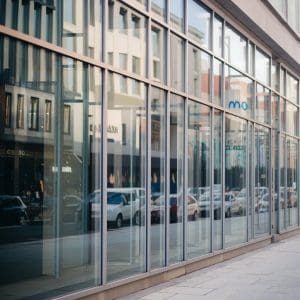
Understanding the Environmental Impact of Building Materials
Every building material has an environmental footprint from how it’s extracted and manufactured to how it’s used and eventually disposed of.
- Wood is renewable but often contributes to deforestation when not sourced responsibly.
- Steel is strong but energy-intensive to produce, leading to high carbon emissions.
- uPVC (unplasticized polyvinyl chloride) is cheap and low-maintenance but difficult to recycle and is derived from non-renewable petroleum resources.
As Kenya continues to prioritize sustainable urban development, there’s a growing need for materials that balance performance, longevity, and environmental responsibility, and aluminum fits that description perfectly.
Why Aluminium Stands Out as an Eco-Friendly Choice
- Highly Recyclable
Aluminium can be recycled indefinitely without losing quality. In fact, nearly 75% of all aluminium ever produced is still in use today. Recycling aluminium uses up to 95% less energy than producing new metal from raw ore, significantly reducing greenhouse gas emissions.
- Durability That Reduces Waste
Unlike wood that rots or steel that rusts, aluminium resists corrosion, termites, and harsh weather. This means fewer replacements and repairs over time — a huge win for both the environment and your wallet.
- Energy Efficiency
Modern aluminium frames are designed to support double-glazed or energy-efficient glass, which helps regulate indoor temperatures. In Kenya’s hot climate, that means reduced reliance on air conditioning and lower energy bills.
- Lightweight Yet Strong
Aluminium’s strength-to-weight ratio allows for easier transportation and installation — reducing fuel consumption during construction and minimizing the project’s carbon footprint.
Aluminium vs. Wood, Steel, and uPVC: Environmental Comparison
| Feature | Aluminium | Wood | Steel | uPVC |
| Recyclability | 100%, infinite reuse | Renewable but not recyclable | Recyclable but energy-intensive | Limited recyclability |
| Durability | Weather & corrosion resistant | Susceptible to rot & pests | Prone to rust | Degrades under UV |
| Carbon Footprint | Low when recycled | Medium (deforestation risk) | High | Medium-High |
| Maintenance | Very low | High | Moderate | Low |
| Lifespan | 40–60 years | 10–20 years | 20–40 years | 15–25 years |
It’s clear: aluminium offers the best balance of sustainability, durability, and energy efficiency — making it the superior choice for eco-conscious builders.
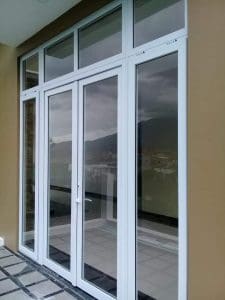
Aluminium in Kenya’s Green Building Revolution
Kenya’s shift toward green construction is accelerating, with both residential and commercial projects adopting sustainable materials. Aluminium plays a major role in this transition, especially in:
- Windows and Doors: providing excellent insulation, longevity, and aesthetics.
- Curtain Walls & Facades: enhancing energy efficiency in office and apartment buildings.
- Balustrades, Skylights, and Partitions: combining functionality with modern design.
At TSL Industries, we specialize in crafting high-quality aluminium and glass solutions that support eco-friendly building goals. Our products are designed to last, reduce energy use, and enhance natural lighting, contributing to a more sustainable Kenya.
Beyond Sustainability: More Reasons to Choose Aluminium
Apart from being eco-friendly, aluminum offers several practical advantages:
- Low Maintenance: Requires minimal cleaning and no repainting.
- Aesthetic Appeal: Sleek, modern, and available in various finishes including wood-look and matte black.
- Weather Resistance: Performs well in coastal, high-temperature, or rainy regions.
- Customizable: Suitable for any design from traditional homes to high-rise buildings.
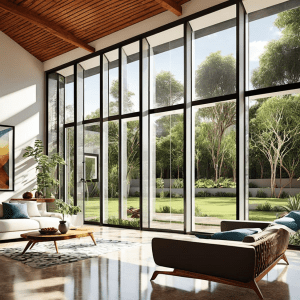
Conclusion
As Kenya continues to embrace sustainable construction, aluminium stands out as the material of the future: strong, recyclable, energy-efficient, and stylish. Compared to wood, steel, or uPVC, it offers superior environmental and performance benefits that make it ideal for long-term use.
When you choose TSL Industries, you’re not just investing in quality aluminium products you’re choosing a greener, smarter, and more sustainable future for Kenya.
FAQs
- Is aluminium more eco-friendly than wood?
Yes. While wood is renewable, aluminium’s recyclability and long lifespan make it more sustainable overall — especially when you factor in durability and maintenance. - Can aluminium be recycled multiple times?
Absolutely. Aluminium can be recycled endlessly without losing its strength or quality. - How does aluminium compare to steel in sustainability?
Steel requires more energy to produce and is heavier to transport, giving aluminium a clear edge in environmental efficiency. - Are aluminium windows and doors suitable for Kenya’s climate?
Yes! Aluminium withstands both heat and rain, making it perfect for Kenya’s diverse weather conditions.



